
By Elena Hartwell
Women make great killers. At least in fiction. Female crime writers have graced many New York Times’ Best Seller lists, not to mention the silver screen. From Gillian Flynn’s ‘Gone Girl’ to Paula Hawkins’ ‘The Girl on the Train’, girls have done very well. But not without a fight.
Research by organizations such as Sisters In Crime and VIDA: Women in Literary Arts have determined that while women now make up more than half the published authors in the mystery/thriller genre, we don’t make up half the award nominations or reviews in the larger media outlets.
The good news is women have a long and illustrious history of writing mysteries. Agatha Christie has sold more books than any other novelist … in any genre (Shakespeare has sold more “fiction,” but we’re not counting him). Her play, Mousetrap, is currently in its 66th year in London’s West End, and holds the record for the longest running play, anywhere in the world. (Take that, Shakespeare!)
But we can’t all be Agatha Christie. Luckily, there are a number of female authors, such as Sara Paretsky, JD Robb, and the late, Sue Grafton, who have continued in Christie’s footsteps. The New York Times “Best Crime Novels of 2017” included six male authors and four women. That’s not too bad in the scheme of things.
I’m also heartened by reader reactions to my own mystery series. I have never heard anyone complain about my protagonist being female or that I am a female author. That might not seem like a big deal, for me it is.
I’ve been told in other situations that I can’t possibly do my job and I should be in another career because of my gender. That being female meant I didn’t belong. I’ve been threatened with bodily harm while working as a carpenter. Working in theater, I was told that I didn’t have to “minimize myself” by calling myself a “foreperson” rather than a foreman, because apparently using the term foreman would make me more valuable. When I worked as an auto mechanic, I had customers refuse to leave their cars with me to fix and the guys I worked with would sometimes sabotage my jobs.
It’s possible there are readers who choose not to read my books, because of my gender, but it hasn’t been rubbed in my face. Part of this may be because the times they are a’changin’. But women not only have long histories as crime novelists, they have the history of being some of the best.
My novels center around a mother/daughter crime fighting duo, and the feedback by readers has been lovely. I often hear how much they enjoy the dynamic between mother and daughter. The most common question I get is “how much is Chava like my mother and how much is Eddie Shoes like me?” The answer is simultaneously a lot and none.
First of all, Chava is actually my age. I decided to make her sixteen when she had Eddie. I liked that it added an interesting dynamic. In book one, Eddie is thirty-two and Chava is forty-eight. They have been somewhat estranged, so they are coming together through these books to learn how to be friends. And at this point in their life, they aren’t so far apart in age.

Chava is the impulsive one. She was the wild child, not Eddie. Though Eddie is younger, she’s cautious. Eddie has been more damaged by other people. She has a sensitive core, though it’s not visible to outsiders. My core is a mixture of both. I can tough out a lot, like Chava, but an unkind word at the wrong time can make me crumble, I just don’t let it show.
My mother is not a model for either of the characters. What I take from my relationship with my own mother is the love and friendship between the two. My mom (along with my hubby) is my best friend and my favorite travel companion. We are very similar in our requirements. A good cup of coffee. Reading time. Quiet time. And chats in between. We love the same kind of environments: nature and simplicity.
Not much like Eddie and Chava, except at the heart of their dynamic. For the purposes of fiction, Eddie and Chava disagree a lot more than my mother and me. Following us around on vacation wouldn’t be fun for a reader. We’ve never stumbled over a dead body, neither of us knows how to handle a gun, and Mom neither gambles nor knows anyone in the Mafia.
As a writer, I’m usually tapping into the conflicts within my own psyche when I have Chava and Eddie argue. Though I do incorporate personal experience into my plots and characters, it’s not solely for creating the protagonist. Those experiences are incorporated into every character.
There is a saying in fiction to “write what you know,” which I think is very misunderstood (kind of like pantser vs. plotter, another set of terms I loathe). Write what you know doesn’t mean only what you have personally experienced. It’s to write what you have personally seen, experienced, researched, inquired about, spoken to experts over … the list goes on.

Fiction writers can’t be experts on everything included in our work, but we can be as honest as possible with our characters based on what we discover. That means, when we have a character who is very different from us, we have to do the groundwork to make them complex and believable. Interviews, reading narrative non-fiction, visiting communities, these are all tools we have at our disposal to mine details for our characters.
But even with experts looking over our shoulder, we still create plots, characters, and actions based on how we view the world. It’s all through our own lens, otherwise we couldn’t write in our own voice. What to leave in and what to leave out shapes the world we create. Just as what we focus on in our own lives can shape our daily experiences.
The world I focus on has room for women crime writers and mother/daughter crime fighting duos. We have not yet reached parity, but we continue to strive for it. And we will, through the work of those who have gone before us and the women—and men—who support us. I believe we will reach a time when the best seller lists and the award nominations are an even fifty-fifty, or even tip in women’s favor.
I read a lot of different crime writers, both male and female. I root for protagonists of both genders. I appreciate that authors such as Chelsea Cain and Karen Slaughter create women who behave violently. I respect that Michael Connolly has taken a stab at writing a female protagonist. I love that Lee Child includes tough, smart female characters in his Jack Reacher novels.
All of these disparate parts will ultimately build a total picture of women in mysteries, as crooks and killers and crime fighters. And writers. There is even a place for a mother and her daughter to stumble their way through an investigation, in a world where the good gal always wins.


After twenty years in the theater, Elena turned her dramatic skills to fiction, writing the Eddie Shoes Mystery Series. She also does developmental editing, working one-on-one with authors on novels, short stories, and plays. When she’s not writing or coaching, her favorite place to be is at the stables with her horses or at her home, on the middle fork of the Snoqualmie River in North Bend, Washington, with her husband, their dog and two cats. You can follow Elena on Facebook, Twitter and Instagram, and visit her website to learn more about her work.











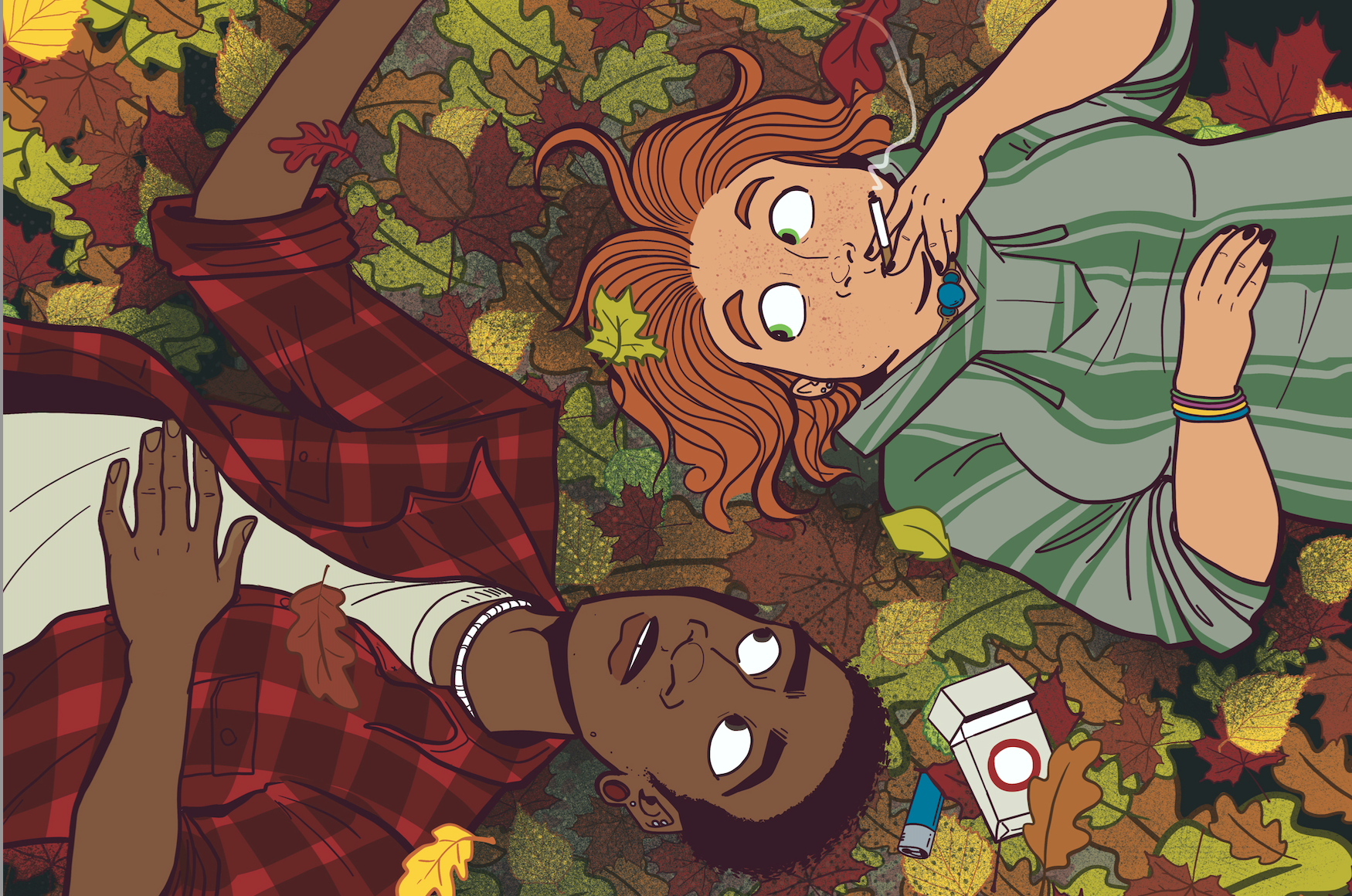

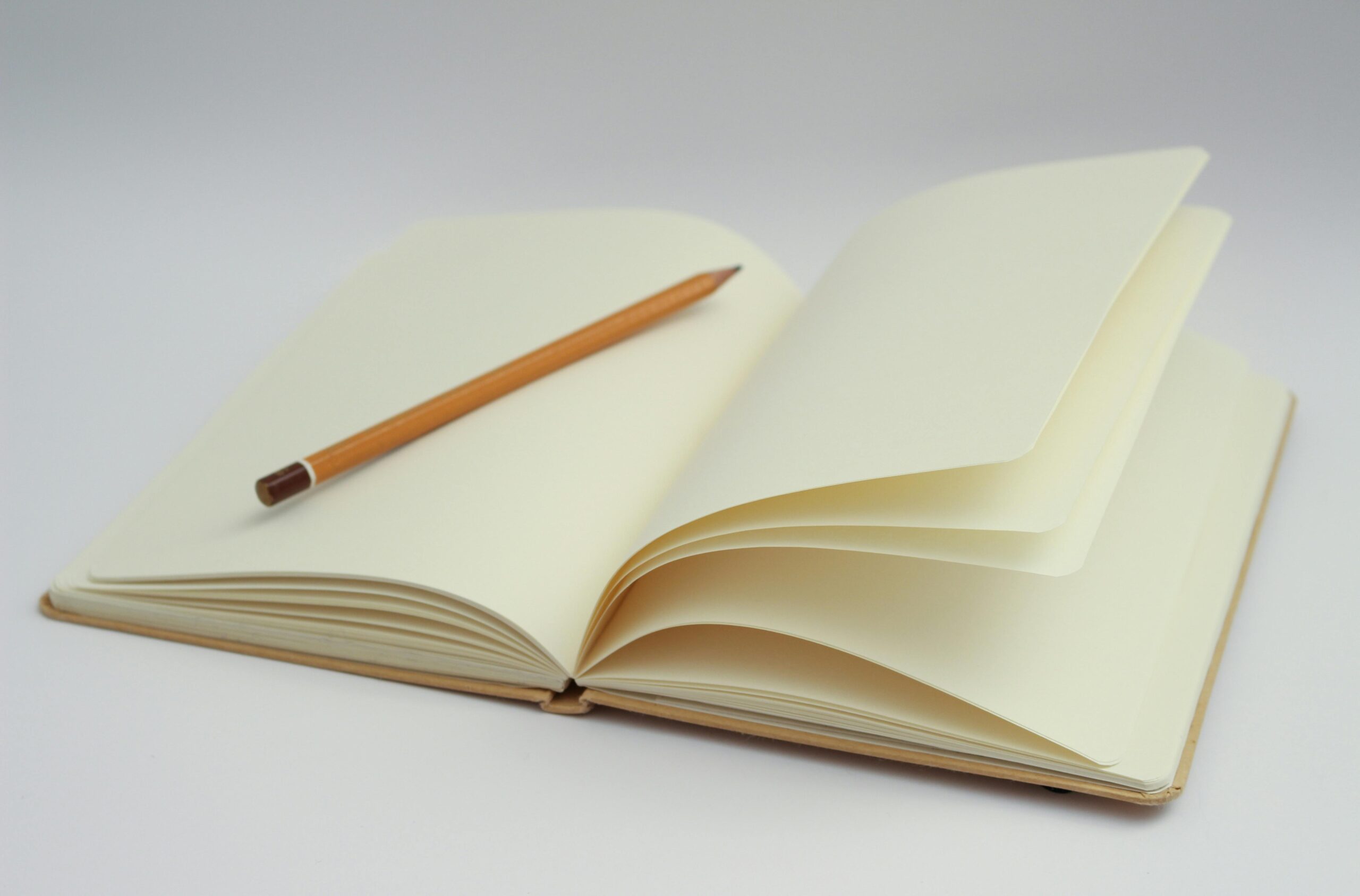
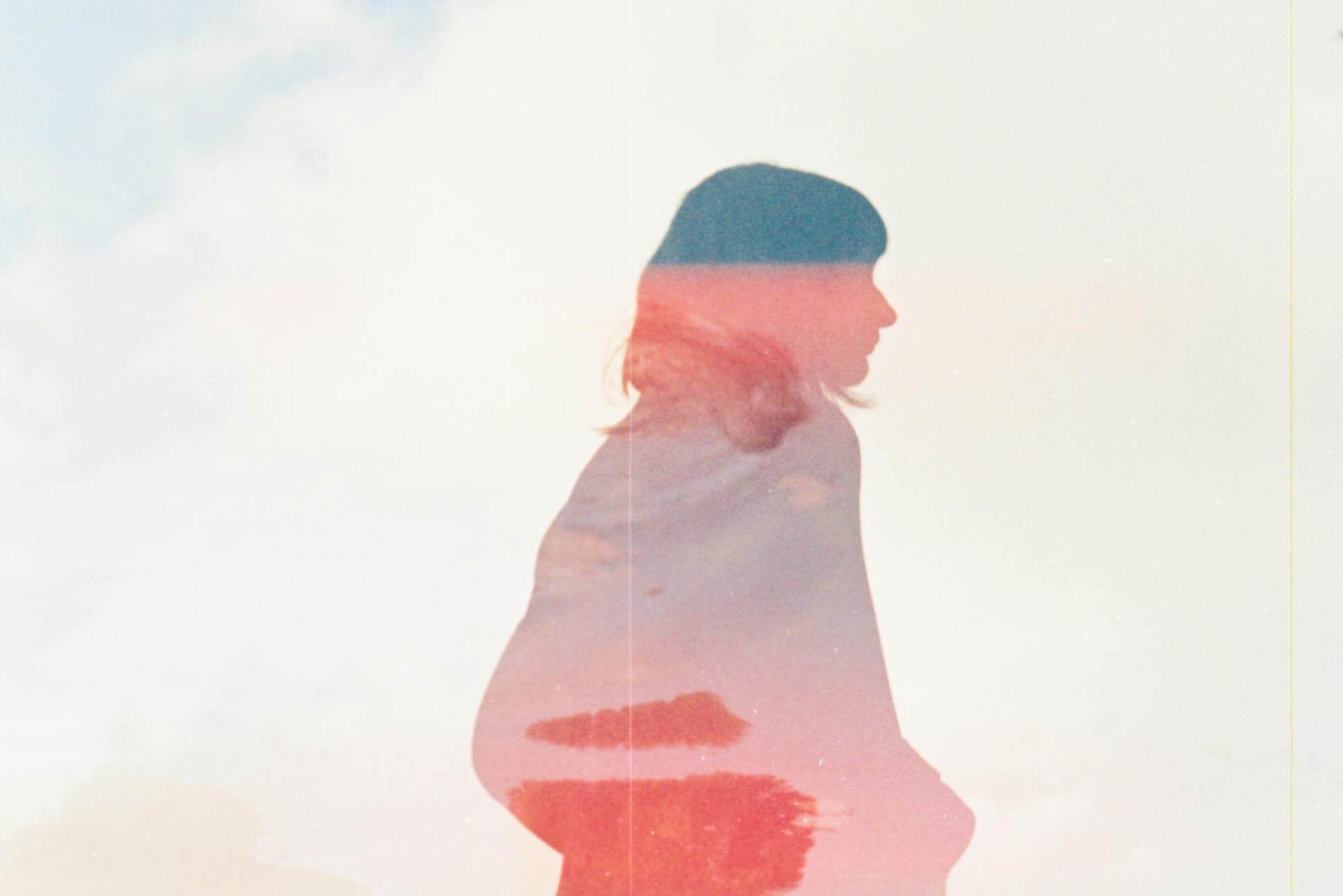
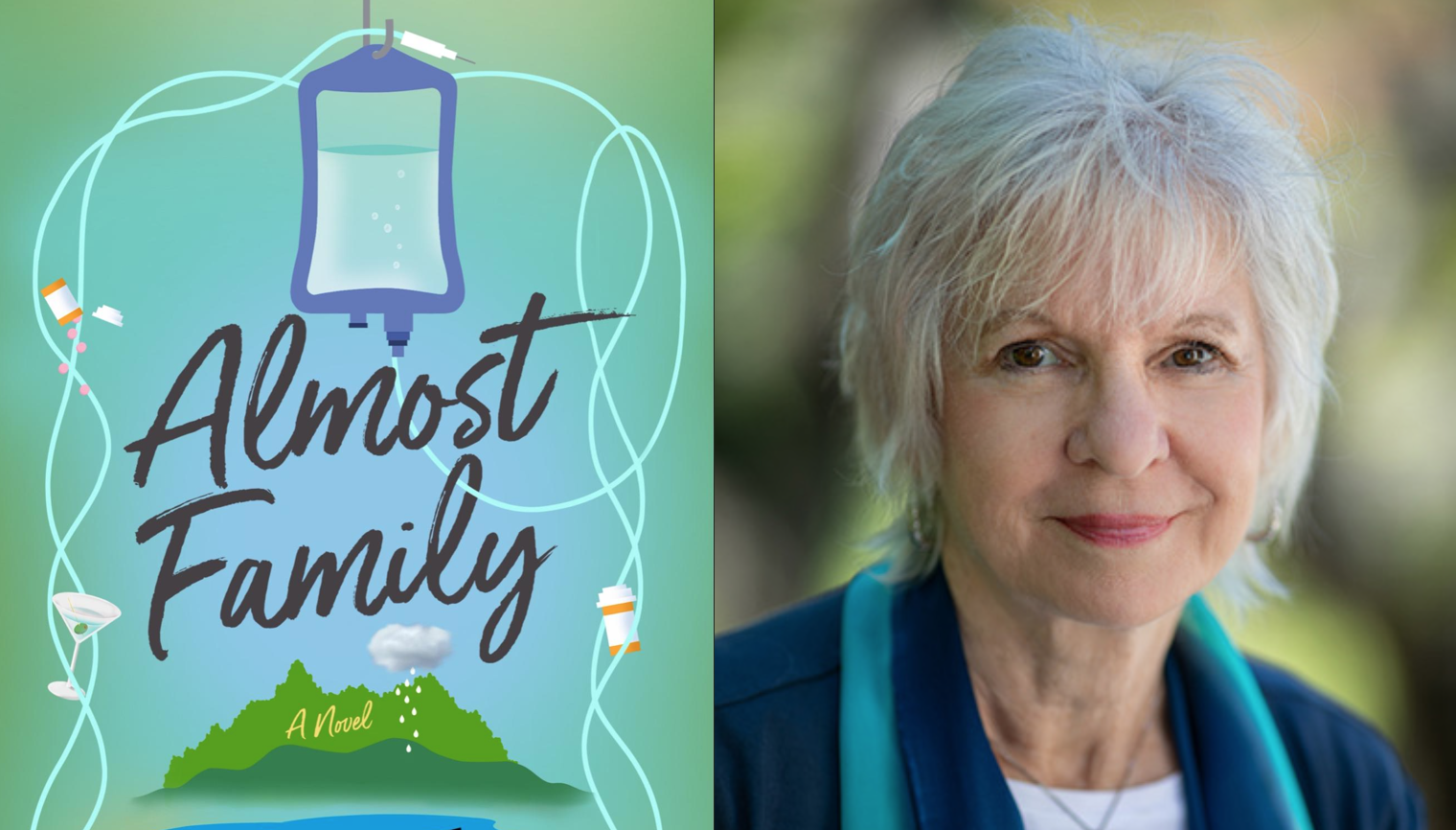
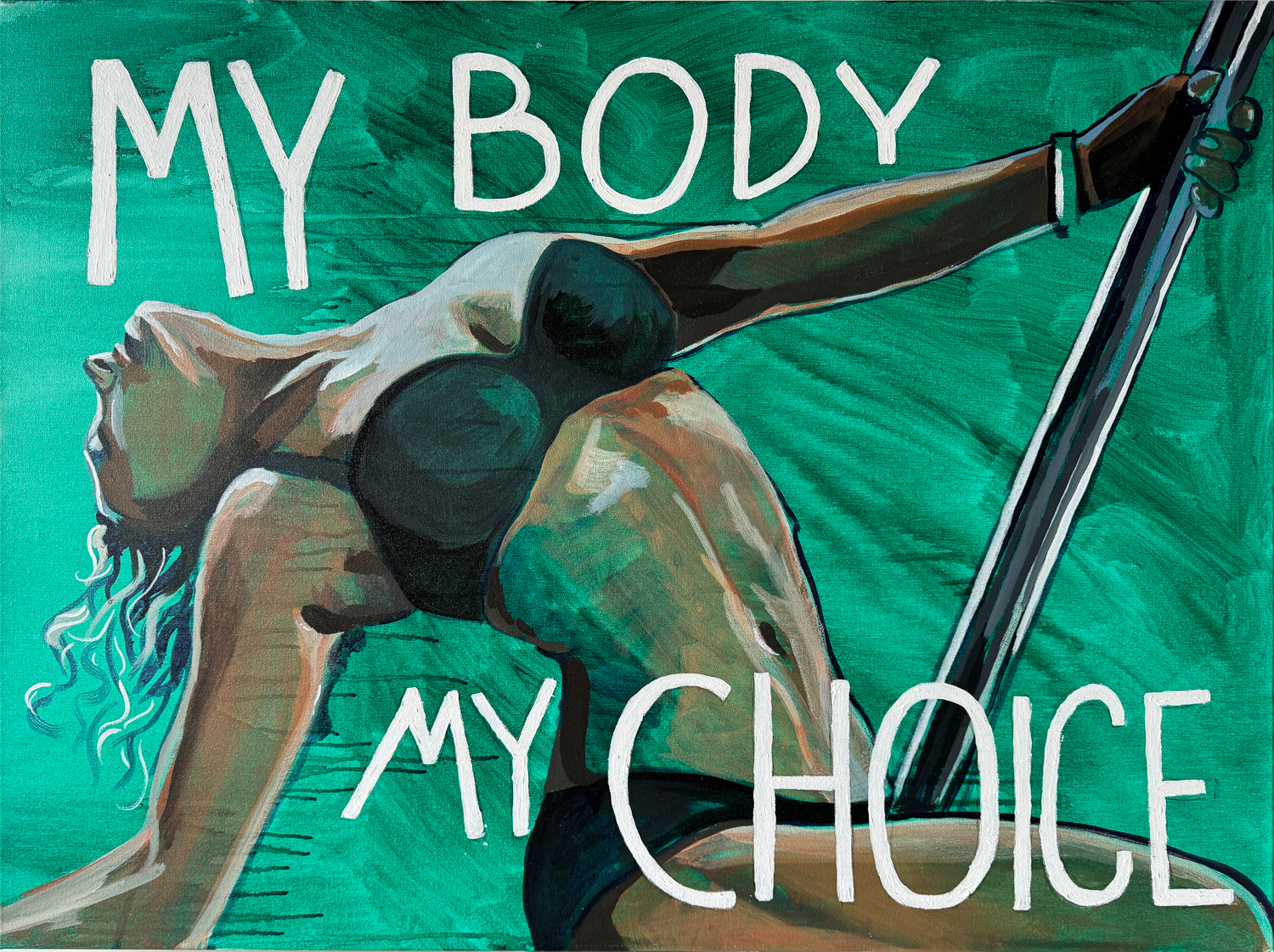
One thought on “Female Authors Dominate Crime & Mystery Genres Today, So Where Is Their Recognition?”